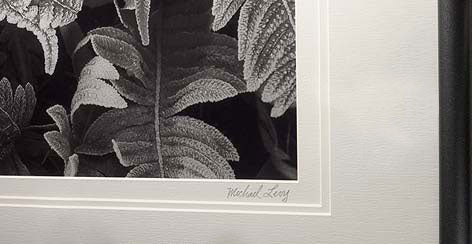Your charcoal drawing is finished.
Now what?
To spray or not to spray- that has been one of the most debated topics in the charcoal drawing world. While some artists shun the idea of applying a fixative, others insist it’s the only way to preserve a drawing. A fixative will help prevent the loss of charcoal particles but can cause value changes if not used properly.
When using a fixative, the first step is to gently brush away any loose particles with a drafting brush. This will remove the loose particles without smearing the drawing. The drawing should be placed on a surface, such as a board, and adhered with a clip or artist tape to prevent it from moving.
If it’s your first time using a fixative, it’s best to apply some charcoal to paper using different values to test the results. Proper use of fixatives does take practice and you can avoid disappointment by taking the time to do a few test runs.
Fixatives should be sprayed in a well-ventilated room or preferably outside. Lay the board flat and stand a few feet away. Spray in a continuous motion without pausing and be sure to cover the entire area with a mist. Don’t soak or saturate the paper as it can result in deep value changes and can cause the charcoal particles to float.
The paper may not look wet, but don’t touch! Allow at least 30 minutes of drying time. Apply a second coat, working in the opposite direction to ensure all the paper has been covered.
There are many brands of fixatives on the market and it’s best to read each can label carefully to determine which is best for your drawing. While there are artist who use hairspray, it’s not advisable because it can cause yellowing of the paper over time and over-spraying can cause the paper to become sticky. Fixatives come in gloss and matte finish and workable and non-workable. If in doubt as to which to choose, ask the sales person at your favorite art store or search artist- website forums for suggestions.
A charcoal drawing that has not been sprayed with a fixative is subject to dislodged particles and smudging. If a drawing is not sprayed and won’t be framed it’s best to cover it with glassine before storing. Do not place drawings inside glassine sleeves as this can dislodge or smear the charcoal particles.

Whether sprayed or unsprayed, when framing a charcoal drawing, it’s best to use a double or triple mat to prevent the charcoal from touching the glass.
Friction is the enemy of charcoal so when cleaning the glass, a slightly damp cloth should be used to avoid the static that a dry cloth can create.
Charcoal is not as prone to sun fading as other mediums; however, it is best to hang your finished work away from direct sunlight.
Proper care of your charcoal drawing is important for lasting results. Whether you spray or not, proper storage or framing will ensure your drawing will last for many generations to come.
